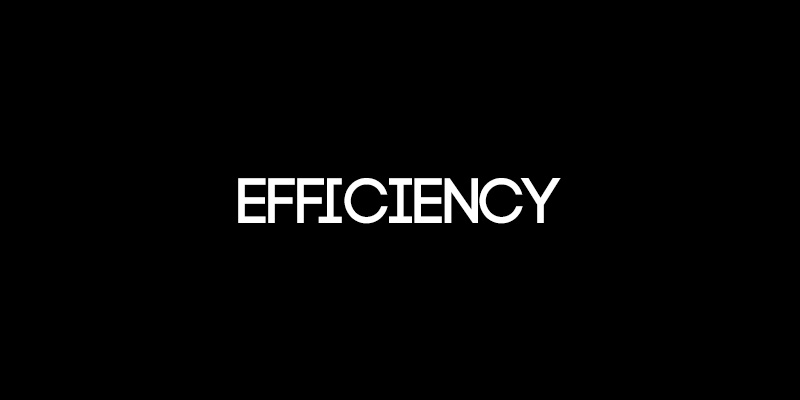Efficiency is at the heart of all proper design. Its full execution is both complex and simple, as it requires excellence and perfection in a variety of aspects to a design while retaining one single consistent message.
Efficient design is accomplished through the maximum output and consideration of the many facets of a design, including geometry, color, type, form, shape, and layout. The designer must provide intricate attention to each and every one of these factors, so as to ensure that the resulting work is having an optimal impact on the viewer.
Naturally, this is quite a challenge. Some designers and critics would further argue that there is a point of impossibility when attempting to reach the maximum efficiency of any one design. And perhaps there is a good point here. However, this is no reason to avoid approaching design with this mindset.
We are all merely human. We are flawed and perhaps can never – or rarely – reach the maximum efficiency in our work. However, like any great master, the challenging march towards perfection should be our ongoing goal. Nothing in design should be taken for granted. Nothing should be added or edited simply because it seems nice. All design decisions should be made consciously, clearly, and with absolute purpose. In this way, a design can operate with absolute efficiency.












